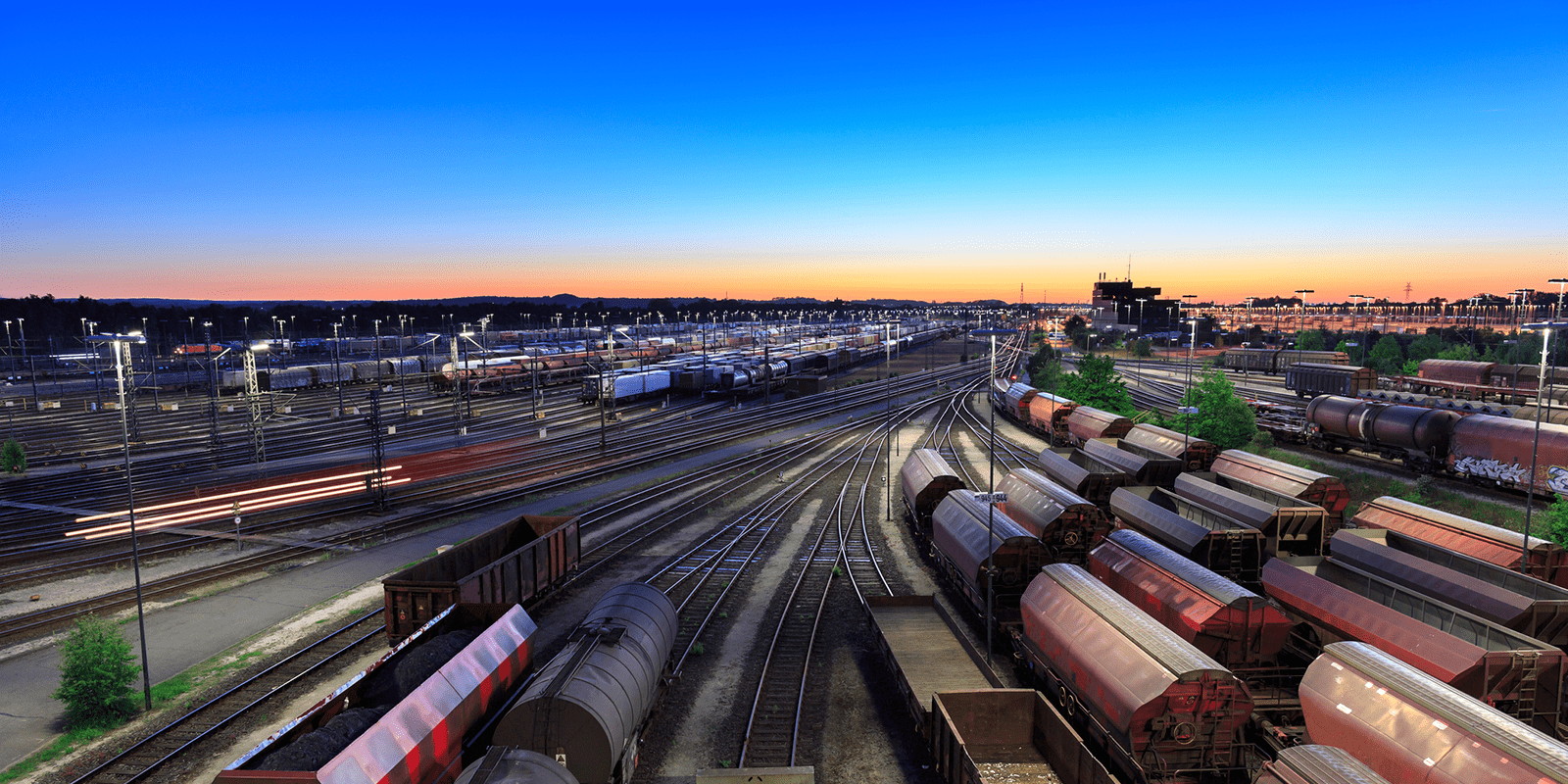
February 3, 2022
Rail Freight out of Asia Could Chug Around Congestion
Rail Freight out of Asia Could Chug Around Congestion
Managing inventory cycles is a major challenge for retailers right now. A combination of high consumer demand and overburdened logistics can leave inventories dangerously low.
If your products have limited life cycles, the scenario can feel pretty loaded. Ocean congestion is still cresting. Airfreight rates can be high for some verticals.
In the face of low inventory and dwindling time to sell, some retailers in the US and Europe are turning to rail.
How Can Rail Freight Help?
For European companies, rail routes can help reduce the long transit times of ocean shipping at a price point that beats out the expense of air freight.
Goods cross from Asia to Europe by way of Kazakhstan, Russia, and Belarus into Poland. From there, transit times can be relatively fast.
Freight moving along the northern routes has surged by 8 times since 2016 with westbound volumes up 40% year-over-year on the Trans–Siberian Railway.
On the southerly routes, a break of gauge, where rail track sizes shift, can create slowdowns in the journey at the border of China and Kazakhstan. Another break of gauge occurs for all routes at the border of Belarus and Poland, but, here, technological advances make the change easier.
The additional days could be considered minimal, anyway, especially compared to the dozens of days ships can idle at sea, waiting for berth or yard space to clear.
For US retailers, certain products may be urgent enough to get into Europe via rail and then into North America via Transatlantic Westbound vessels, which may be easier to book than Transpacific Eastbound vessels from Asia to California.
Adapting Your Modal Mix
If this seems like a lot of planning—well, it can be. But we’re quickly approaching the third year of pandemic. Wacky demand curves and a struggling logistics ecosystem are just part of the picture these days.
Advance planning, creative routing, and new solutions help to ease the frustrations of rapidly emptying shelves and lost sales opportunities. As we continue to move into 2022, mode diversification will remain a cornerstone of logistics strategies.
For more on how you can customize your modal mix, reach out to Flexport.



